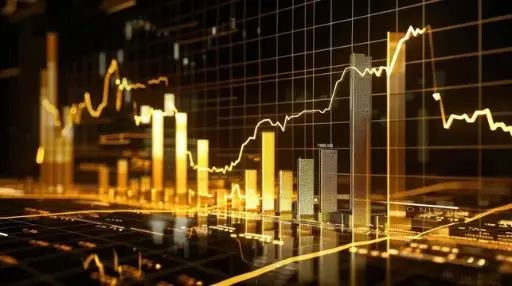All Courses

Crypto
What is crypto?
In general, crypto is a virtual currency whose security is guaranteed by cryptography. Cryptography makes it impossible for cryptocurrencies to be counterfeited or double-spent. So, even though it is used virtually, there is no chance of counterfeiting to the detriment of the owner.
Why have cryptocurrencies become popular in recent times? The reason is because these digital assets are not bound by a central authority, such as a bank. By using the decentralized network of Blockchain technology, the distribution system can be through various computers.
The decentralized system is beyond the control of the government and centralized authorities. No one controls your virtual assets when you own cryptocurrency.
What's more, various countries have started to allow the use of cryptocurrencies. You can also spend it on cross-border transactions.
How does cryptocurrency work?
Cryptocurrency is powered by a technology called blockchain. This technology ensures the security of online transactions even without third-party intervention. Cryptocurrencies are protected by various algorithms and encryption and cryptography that refer to blockchain technology.
So, do you know what blockchain technology is? It is at the core of the functionality of cryptocurrencies. We need to learn about it to understand how cryptocurrencies work.
What is Blockchain?
First of all, we can try to understand what it is through its name. Basically, a blockchain is a set of blocks that are connected in an online ledger. Each block contains a set of transactions that have been independently verified by each network.
When there is a transaction, let's say between A and B. A wants to send crypto to B. This transaction is represented online as a set of blocks. Then, the blocks are distributed to each decentralized network. If there is approval from the network system, the transaction is valid.
0 steps

Forex
The foreign exchange market (forex, FX (pronounced "fix"), or currency market) is a global decentralized or over-the-counter (OTC) market for the trading of currencies. This market determines foreign exchange rates for every currency. It includes all aspects of buying, selling and exchanging currencies at current or determined prices. In terms of trading volume, it is by far the largest market in the world, followed by the credit market.
The main participants in this market are the larger international banks. Financial centers around the world function as anchors of trading between a wide range of multiple types of buyers and sellers around the clock, with the exception of weekends. Since currencies are always traded in pairs, the foreign exchange market does not set a currency's absolute value but rather determines its relative value by setting the market price of one currency if paid for with another. Ex: 1 USD is worth X CAD, or CHF, or JPY, etc.
The foreign exchange market works through financial institutions and operates on several levels. Behind the scenes, banks turn to a smaller number of financial firms known as "dealers", who are involved in large quantities of foreign exchange trading. Most foreign exchange dealers are banks, so this behind-the-scenes market is sometimes called the "interbank market" (although a few insurance companies and other kinds of financial firms are involved). Trades between foreign exchange dealers can be very large, involving hundreds of millions of dollars. Because of the sovereignty issue when involving two currencies, Forex has little (if any) supervisory entity regulating its actions.
The foreign exchange market assists international trade and investments by enabling currency conversion. For example, it permits a business in the United States to import goods from European Union member states, especially Eurozone members, and pay Euros, even though its income is in United States dollars. It also supports direct speculation and evaluation relative to the value of currencies and the carry trade speculation, based on the differential interest rate between two currencies.[2]
In a typical foreign exchange transaction, a party purchases some quantity of one currency by paying with some quantity of another currency.
The modern foreign exchange market began forming during the 1970s. This followed three decades of government restrictions on foreign exchange transactions under the Bretton Woods system of monetary management, which set out the rules for commercial and financial relations among the world's major industrial states after World War II. Countries gradually switched to floating exchange rates from the previous exchange rate regime, which remained fixed per the Bretton Woods system.
0 steps